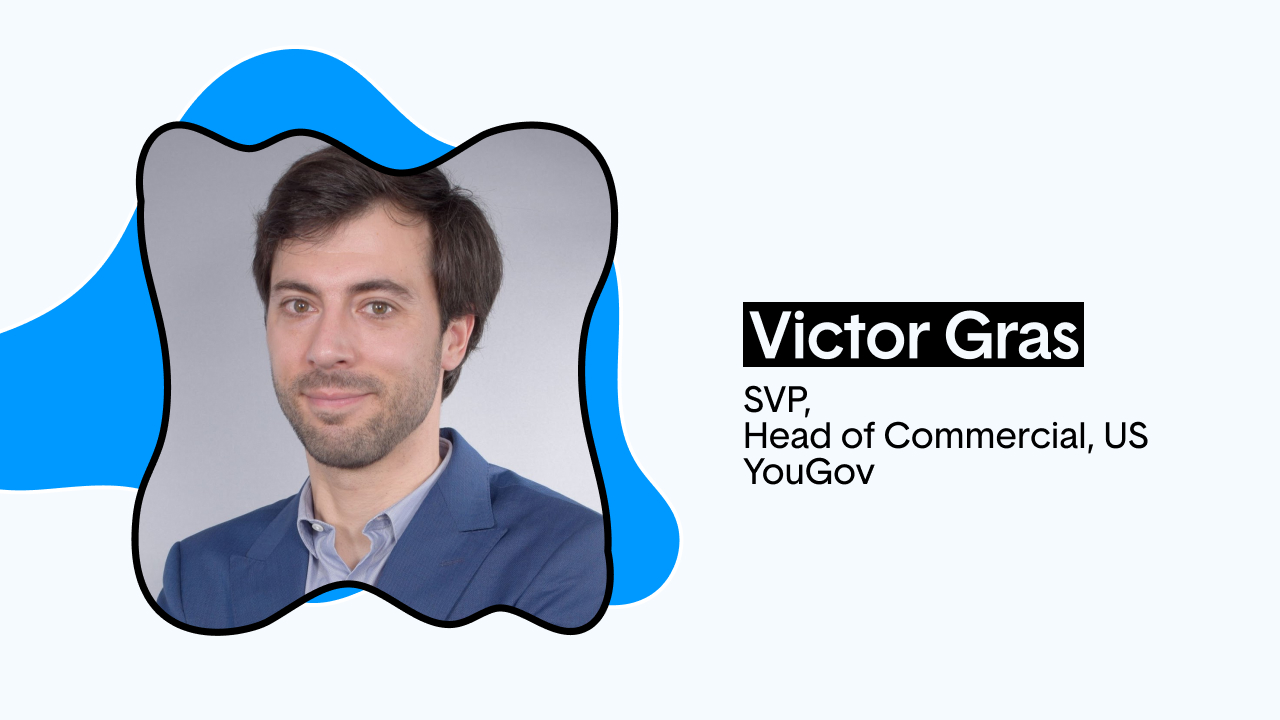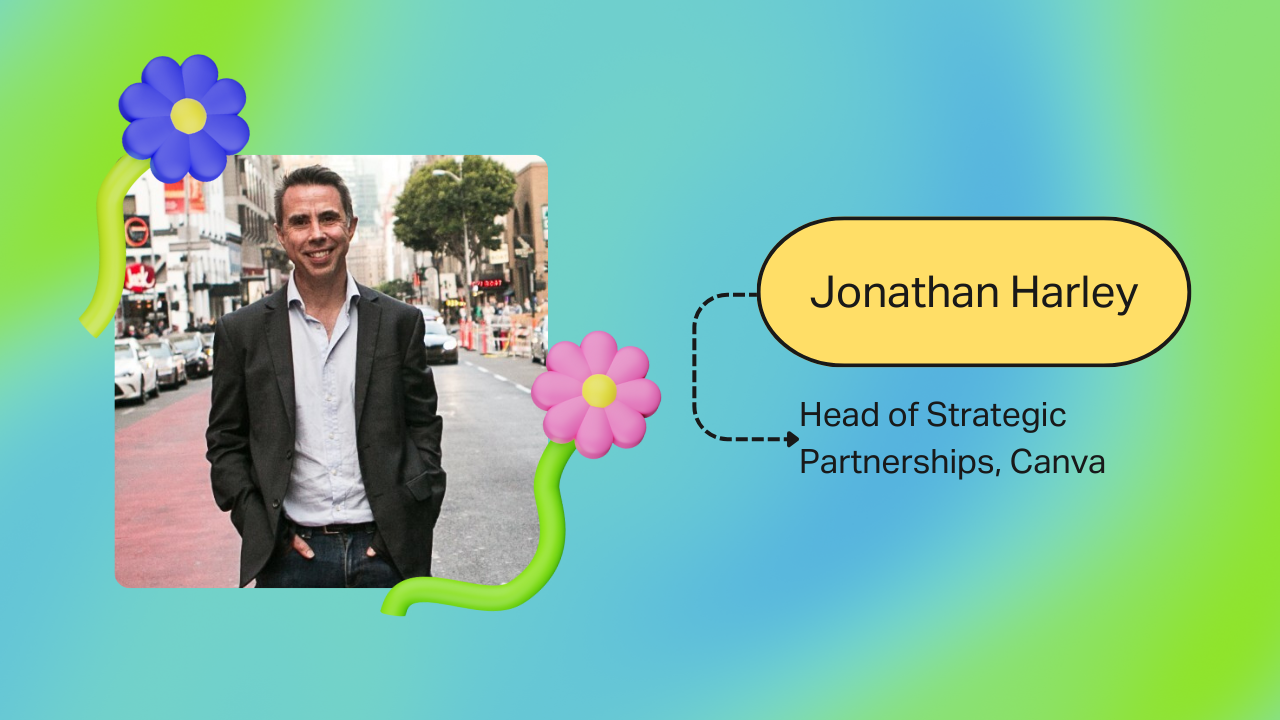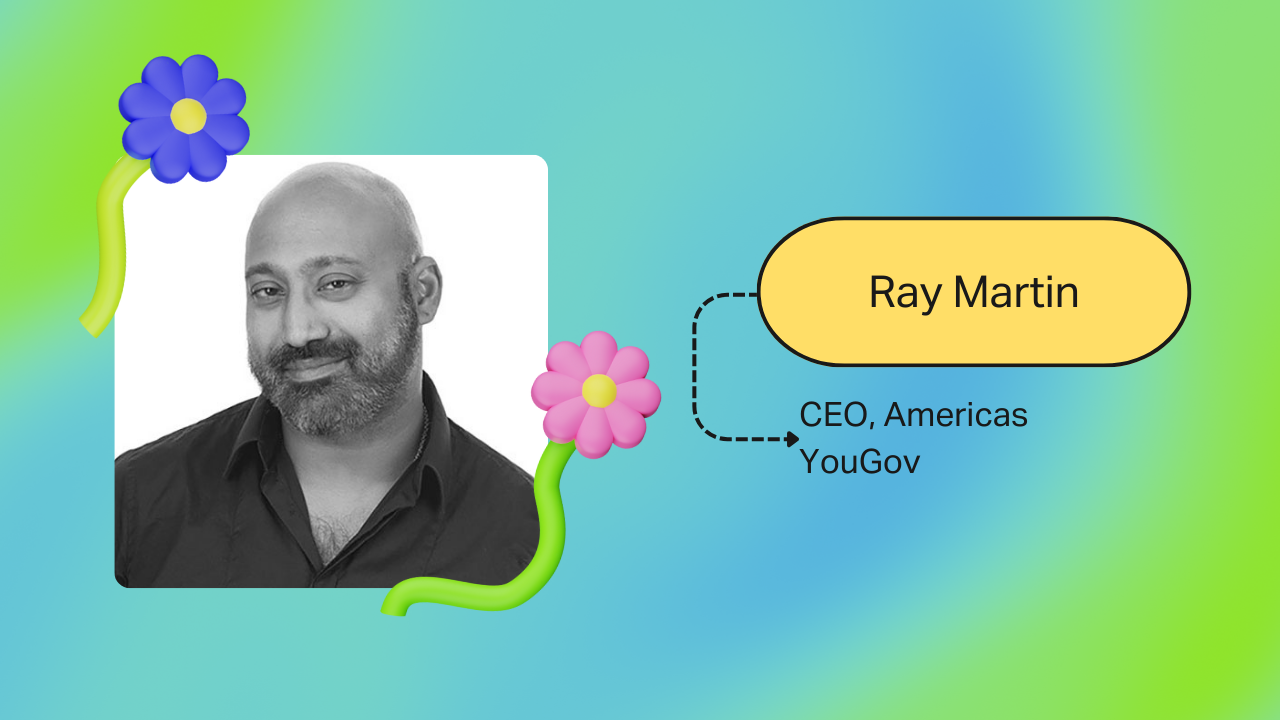The Internet has deep origins in small communities that were scattered across the web, where individuals connected, tinkered with new tools and created new meaning together. Here at The Webby Awards we’ve noticed that, once again, niche communities are appearing on ever corner of the Internet, and Gen Z is joining in droves. To understand why, we partnered with YouGov for Never Niche Enough, the 2023 Webby Trend Report. Download it now!
In partnership with YouGov, we conducted a survey of over 3,000 consumers across the U.S. to find where they find community online. We found that Gen Z is engaging with TikTok and WhatsApp. Why? Because they’re looking for a close community that they can feel a sense of belonging in and identify with. Gen Z is no longer staying loyal to mainstream channels and is engaging with smaller and more authentic circles online. This makes it that much more important that brands center authenticity in their marketing to resonate with this generation. We spoke with Victor Gras, Senior Vice President, Head of Commercial, US for YouGov to delve deeper into this tipping point for digital.
How do you see consumer attitudes towards niche communities developing in 2023?
Niche communities will continue to develop and strengthen in 2023 as the digital platforms which host them see increased user adoption. YouGov Profiles’ analysis of Gen Z Americans’ year-over-year social media and messaging app usage data indicates the largest growth platforms for this younger generation are TikTok and WhatsApp, each showing a year-over-year usage increase of 7 percentage-points.
Millennials and Gen X, meanwhile indicated their most adopted new messaging platform is Discord, a platform inhabited predominantly by Gen Z. As older generations begin to adopt Discord and other similar platforms, Gen Z will likely push further into niche communities, whether that’s through established brands like WhatsApp or newer, emerging platforms.
And, following this trend, effectively targeting and engaging with niche communities should be central to just about every brand’s marketing strategy in 2023. Brands sticking to one-size-fits-all messaging – without personalization – will continue to see their return on ad spend (ROAS) shrink as consumers disengage.
What will this mean for how brands and advertisers should think about bringing value to their target audiences?
Brands need to gain a deeper understanding of their prospective and current customers. Understanding basic demographics is no longer enough. Insights around the consumers’ changing affinities, passion-points and media consumption habits should be the starting point for 2023 brand activations, ad creative and targeting.
When you have a deep understanding of your consumer and have well defined personas, you are in a much stronger position to engage and provide value. It helps everyone across the organization – from product and strategy, to media planners, creatives and social media managers – because they all share a more nuanced mental model of the target customers. With the digital media targeting challenges that have emerged over the past year, especially around the death of the cookie, we anticipate entering a new test-and-learn phase in which marketing investments will likely continue to segment.
Regardless of marketing strategy, a recent analysis of feedback from more than 5 million Americans on the 2,000+ brands measured in YouGov BrandIndex uncovered that 8 of the top 10 strongest trending brands of 2022 resonated with Americans due to their perceived quality. So, in addition to appropriately understanding niche communities, it’s increasingly important that brands invest in quality products, services, and experiences.
“ As older generations begin to adopt Discord and other similar platforms, Gen Z will likely push further into niche communities.”
YouGov has noted that Gen Z generation presents a loyalty challenge for marketers. Given this, how should marketers approach the digital experiences they are building for younger consumers?
YouGov research shows that more than 40% of Americans aged 13-17 believe it’s possible for brands to exist effectively and authentically within online communities, a belief held more prominently by teenage users of Pinterest than TikTok. This number jumps to over 70% for Americans aged 13-17 who follow influencers. Considering this, the safest and most effective way for brands to authentically and effectively engage younger Gen Z audiences may be through the de facto gatekeepers of niche groups: influencers.
It is also worth noting that as of December 2022, 33% of American teens aged 13-17 say they only try to buy from ethical brands. And similarly, older Gen Z Americans say they want brands to express political views online more so than any other generation (+10% gap).
Staying on the pulse of evolving attitudes and behaviors of target consumers, especially younger audiences who are quicker and more likely to adopt change, is critical for brands and marketers who want to sustainably build trust, loyalty, and brand equity.
Download the 2023 Webby Trend Report for a deeper breakdown of the data, and explore what Gen Z’s shift to niche communities online means for the future.









